Has Parkdale done a good job with COVID-19 contact tracing?
 After returning from virtual learning in January, Parkdale students have been met with a few surprises. One of these surprises has been the addition of QR codes with google forms placed all over the school building to assist with COVID-19 contact tracing.
After returning from virtual learning in January, Parkdale students have been met with a few surprises. One of these surprises has been the addition of QR codes with google forms placed all over the school building to assist with COVID-19 contact tracing.
All students are expected to use the QR codes and fill out the google form along with them. These QR codes can be found at the entrances of bathrooms, certain classrooms and every table in the cafeteria. Although they are easily accessible all over the building, they are ignored by most students.
“I end up passing them, especially when I have to get from one place to another really quickly,” says junior Carlos Ochoa. “I only used them once when they were first added.”
It is clear that students don’t have enough time in between classes to stop, scan a QR code and fill out a google form before using the bathroom or visiting certain rooms. The QR codes seem like more of an inconvenience to students, rather than an easy process to follow.
There are certain issues that can at times make using the QR codes very difficult or nearly impossible. “Certain parts of the building don’t even have internet access,” says junior Yoseli Carbajal. “Even if I wanted to use the QR code’s google form, I can’t.”
The intent of the QR codes are good, but the execution of them is boring and easily ignorable. It is clear that in order for these QR codes to be taken seriously, there needs to be some changes made.
“The QR codes in the cafeteria are boring and unoriginal,” says junior Koi Tavares. “They could be much more colorful, decorative and inviting so people can actually use them.”
“Since the QR codes aren’t really taken seriously they can become mandatory with certain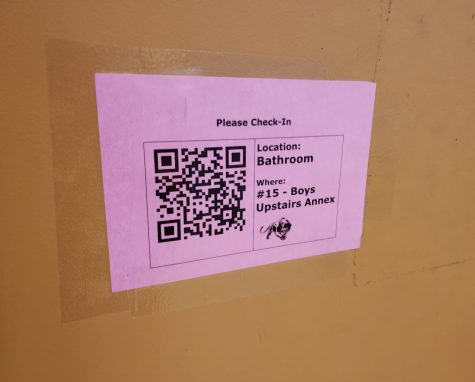 exceptions,” added junior Chiemerie Okekeocha. “The google forms could be much quicker to fill out and if there is no internet connection there could be physical forms at the entrance.”
exceptions,” added junior Chiemerie Okekeocha. “The google forms could be much quicker to fill out and if there is no internet connection there could be physical forms at the entrance.”
This solves the issue of the QR codes being easily ignorable, but it doesn’t change the fact that there still isn’t enough time to scan the QR codes and fill out the form in between classes. However, there is a possible solution to this problem.
“The time we have to switch between classes is on it’s own already not fair and the QR codes make it much worse,” says junior Mikayla Rhodes. “But if we were given slightly more time in between classes it would actually give us the opportunity to fill out the google form.”
With a combination of all of these possible solutions, the QR codes could become much more effective than they are now.
Your donation will support the student journalists of Parkdale High School. Your contribution will allow us to cover our annual website hosting costs and publish some printed editions, as well.
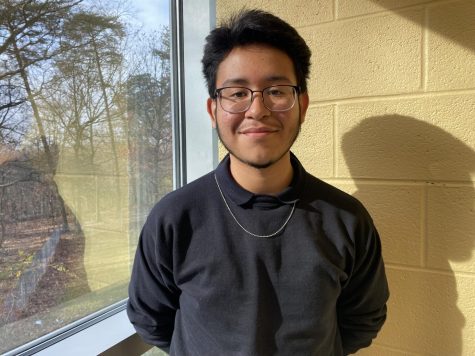
This is junior Enrique Arteaga Lucero. He’s only been on staff for less than a year, but nevertheless he’s a great addition. He contributes to the...

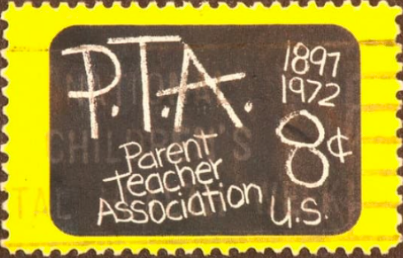
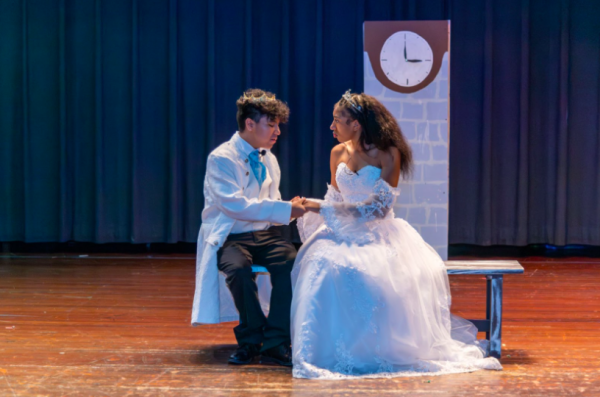
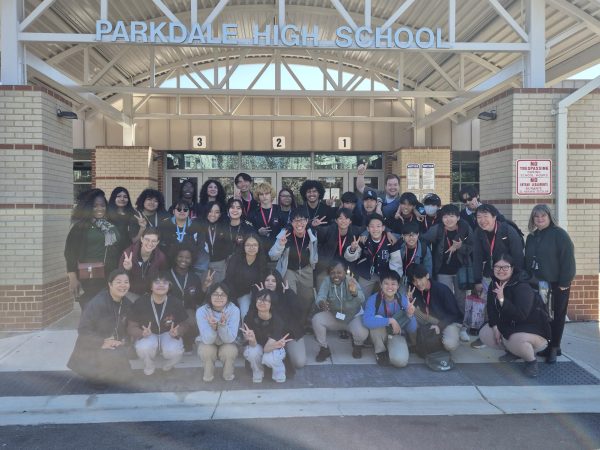


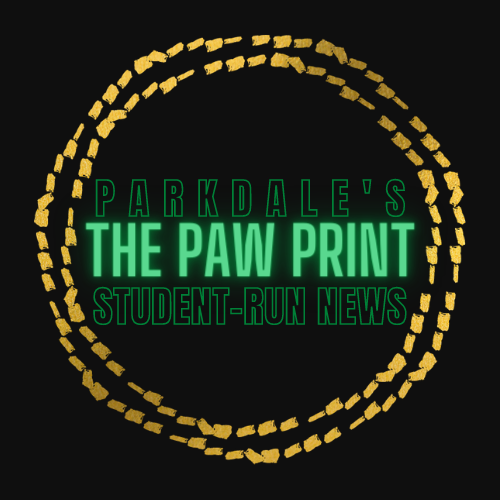
Willie Doe • Mar 7, 2022 at 7:01 am
Well I love this article because the students rae true . Mikayla , I agree with the most because the qr codes some students don´t do because we don”t have time for that when were transitioning. I personally sometimes do the qr codes , but most of the times I don´t because it just doesńt help . Most of the students walk pass it because , we only has 5 minutes to transition , and some of the bathrooms are lock. Besides the bathrooms are really crowded when people have to use the bathroom .